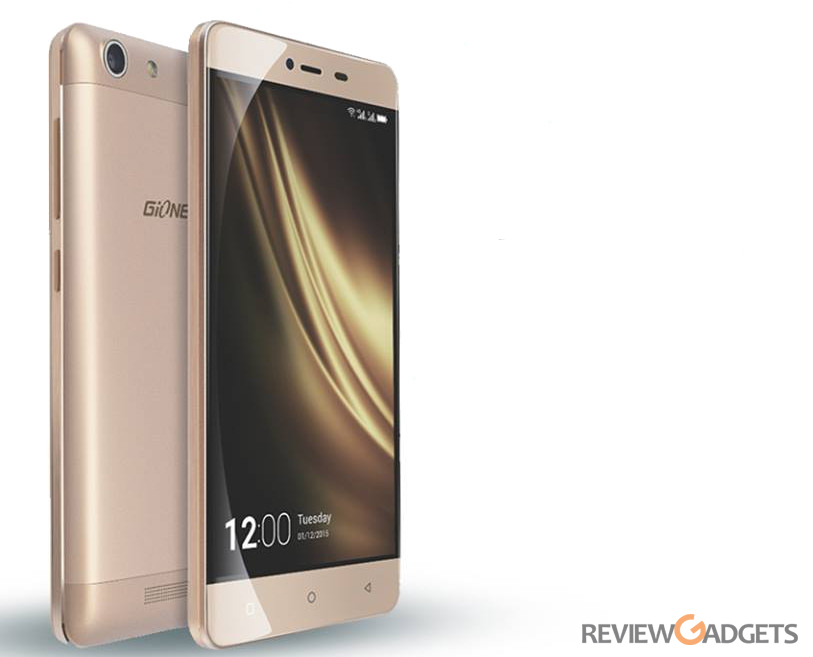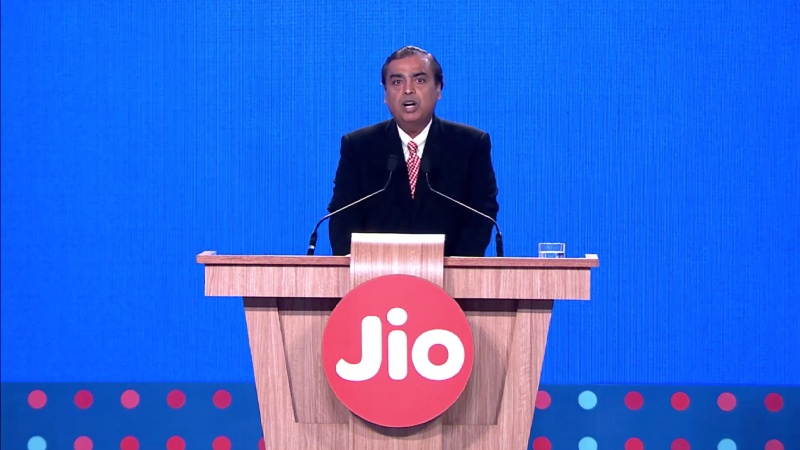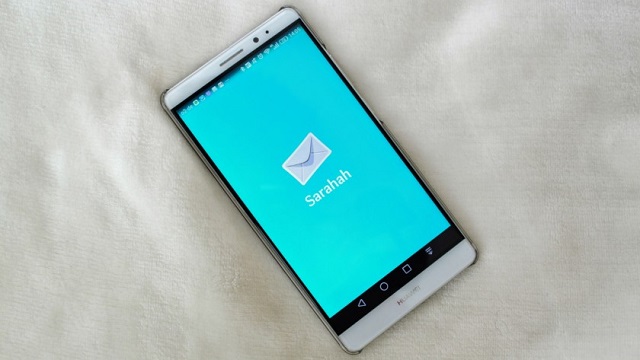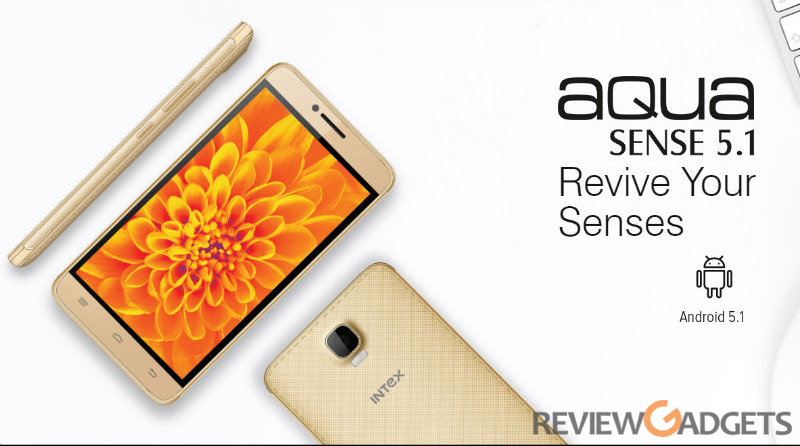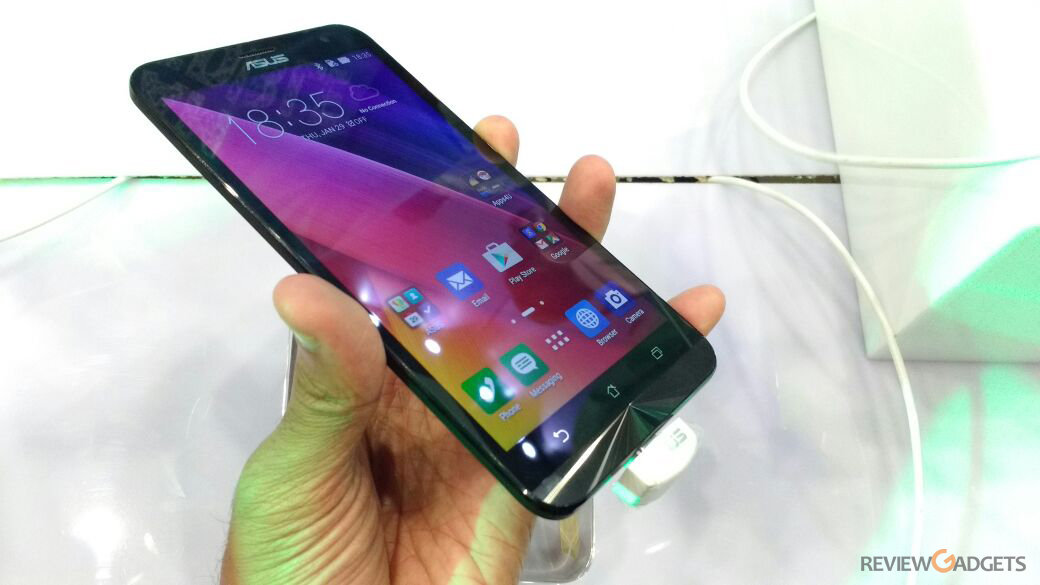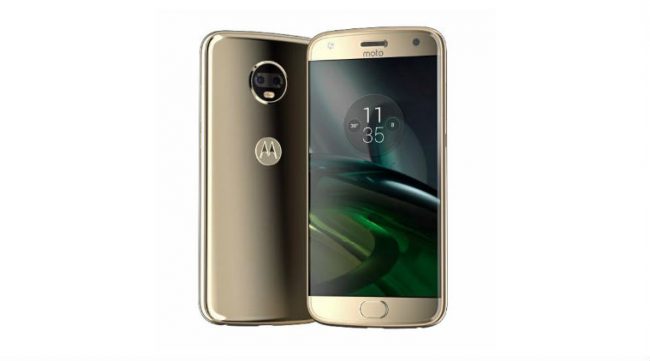The absolute most vital part of a Smartphone nowadays seems, by all accounts, to be its camera. Producers are falling over themselves to stuff in double cameras, bigger sensors and bunch of different elements.
Up until now, LG has been attempting to push its own execution of a double camera setup, one including a consistent focal point and a wide-edge one. With the V30, LG is switching things up as it equips to present a cell phone camera with the biggest aperture to date.
Essentially, an aperture is the aperture through which light enters a focal point. As Wikipedia so appropriately puts it, a little aperture means light beams are collimated (fly out parallel to the plane of the focal point pivot) and more extensive apertures are uncollimated.
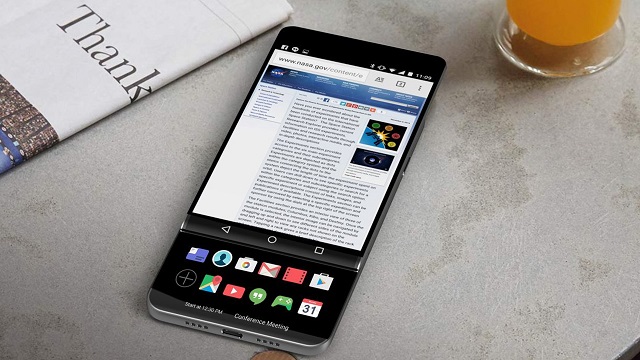
More of a scene can be in focus when we use a narrow aperture and on the other hand, only a certain plane of the scene will be in focus, when we use a wider aperture. It results in the background blurring effect – bokeh – that photographers love so much when there is the wider aperture. This is a similar impact that double camera cell phones like the iPhone 7 Plus endeavor to copy in their portrait modes.
Aperture likewise decides the measure of light entering the focal point. A more extensive aperture will let in more light; a little one will let in less light.
With regards to cell phones, the lead smartphones of today offer apertures like f/1.7 (Samsung Galaxy S8) or f/1.8 (Apple iPhone 7 Plus). Less expensive smartphones normally offer an aperture of around f/2.0 or f/2.2.
In photography, aperture size is characterized by the f-number, which is the proportion of the central length of the focal point to the breadth of the aperture. Numbers like f/1.4, f/2.8, and so on are cases of this. The bigger the number, the littler the aperture. As the number increments, bokeh diminishes and less light enters the focal point.
LG V30-
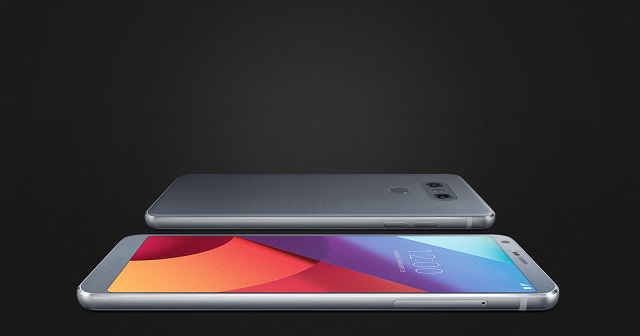
On the LG V30, LG is promising to convey an aperture of f/1.6. It won’t appear like much. What amount of distinction could there be between f/1.8 on an iPhone and f/1.6 on a V30, correct? Be that as it may, the scaling isn’t straight, so f/1.6 will be letting in around 25 percent more light than the f/1.8. This specifically means a 25 percent speedier screen speed or a 25 percent bring down ISO (which will help lessen noise).
LG likewise asserts that it will a utilizing another, clearer focal point to enhance the camera’s low-light execution.
In the event that LG stays faithful to its commitment, the focal point is certain to be amazing, yet the sensor and picture preparing abilities of the cell phone should be up to scratch also. At last, it’s the nature of the pictures that will characterize that cell phone, not its focal point aperture.
What’s more, in case you’re thinking, f/1.6 still doesn’t mean you’ll get magnificent bokeh from a cell phone camera. The subject is excessively complicated, making it impossible to get into here; suffice it to state that a cell phone focal point with a f/0.2 focal point can coordinate the bokeh from a full-frame DSLR with a f/1.8 focal point.
The LG V30 will be disclosed at IFA Berlin, which will run from 1 September to 6 September this year.

